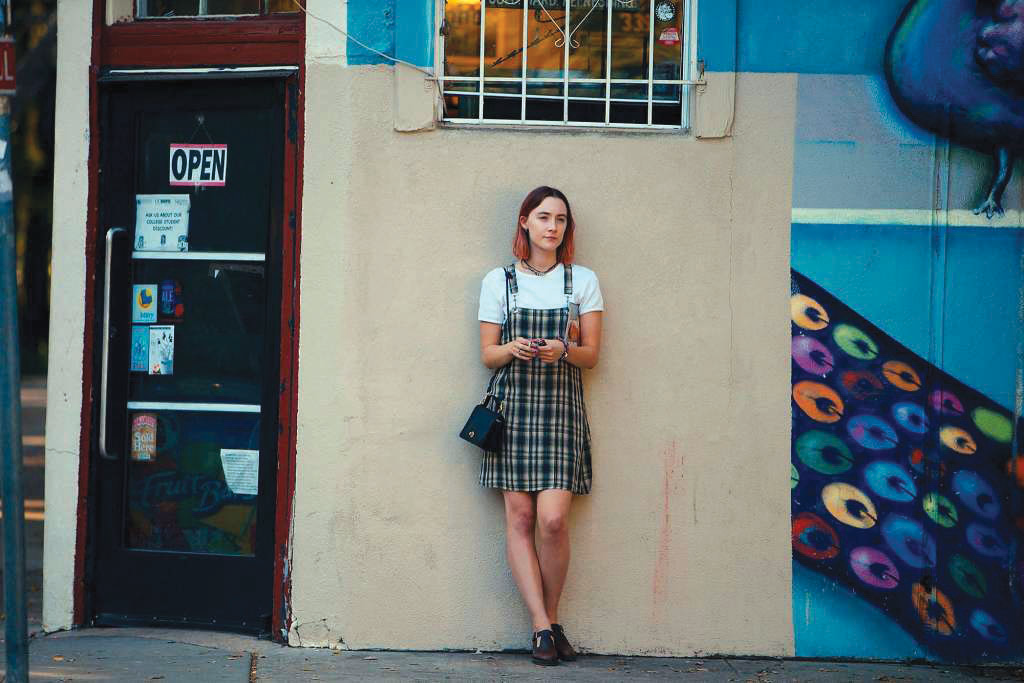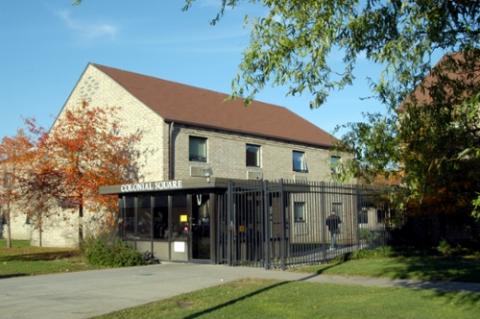
By Mia Thompson
Staff Writer
In the month since “Lady Bird” was first released, it has gathered significant critical and audience acclaim.
Greta Gerwig, better known for her acting roles in “Jackie” and “Frances Ha,” makes her solo directorial debut in this coming of age story. Saoirse Ronan and Laurie Metcalf star, respectively, as Christine “Lady Bird” MacPherson and her mother, Marion, whose interactions and relationship are the central focus of the film.
The two actresses head up a remarkable cast that breathes fresh life into a typical high school story. Lady Bird, the name she gives herself to spite her mother, is a senior in high school who navigates her final year before college; confronting social pressure, the college application process, romantic relationships and – as always – her relationship with her mother.
The film touches on a lot of issues in its 94-minute runtime, including depression, loneliness and insecurity, and does so in a way that manages to be meaningful.
There is a lot to be said about what this film does well, but what stands out most vividly is the writing. Unlike many coming of age movies, Gerwig’s writing creates realistic characters, rather than just rehashing tropes.
Instead of the typical popular, mean girl, cheerleader-type these films tend to feature, we see a popular girl character who is an airhead but takes AP Calculus. All of these characters are unique and true to life, which makes them all memorable. They all have motivations and reasons for their actions, which is something that films like this tend to gloss over.
For example, the movie takes time to show Lady Bird’s first drama teacher, who quits unexpectedly, seeking help for depression. It’s this level of attention to detail that truly makes the characters so lifelike – everyone has something going on in their own life, regardless of the role they play in ours. The dialogue is realistic as well, showing characters talking over each other and how quickly children and their parents can snap back and forth between fighting and being on good terms.
“Lady Bird” also shows Christine dealing with peer pressure. Many of her teachers and her mother don’t believe in her academic ability, telling her not to focus on the east coast schools she wants to go to and instead apply to community college.
Lady Bird struggles with self-esteem issues, and does things like tell her dad to drop her off a block from school and lie about where she lives because she’s self-conscious about how much money her family makes. The script accurately captures and reflects all the different types of pressures that high schoolers can face, whether from their parents, their teachers or their peers.
None of the subject material in the film is original, yet the way in which it is told is refreshing and out of the ordinary. “Lady Bird” is a touching film that adds a sentimental feel to the quintessential small town high school experience, and manages to tell a story about growing up and the uncertainties that come with it without sounding tired and rehashed.







